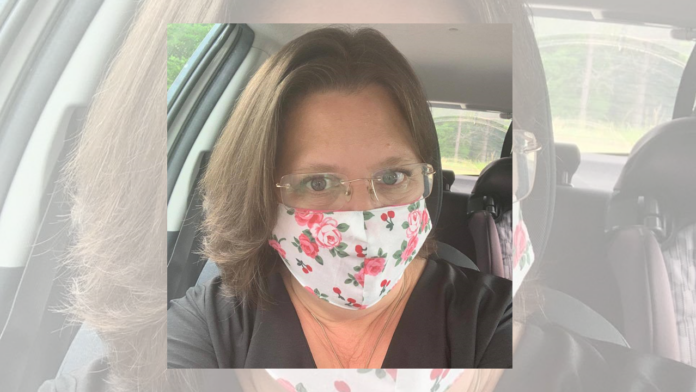CULLMAN, Ala. – With many people making and wearing reusable face masks, it’s important to make sure that these masks are properly cleaned and cared for between uses.
The Centers for Disease Control and Prevention (CDC) and Johns Hopkins Medicine have both issued several guides for proper mask usage, and they recommend taking the following steps to make sure your face coverings stay sanitary.
Wearing the mask correctly:
- Wash your hands before putting on your mask.
- Pull the top up over your nose and secure the bottom under your chin.
- Do not touch the mask. If you do, disinfect your hands with soap and water or hand sanitizer.
- To remove, handle only by the strings or ear loops. Remove and throw away the filter inside if you have one, then fold the outside corners together (so the inside of the mask now faces outward) and put it in a place to be laundered.
- Do not touch the front of the mask when removing, and do not touch your eyes, nose, and mouth after removing. Once the mask is put away for cleaning, wash your hands immediately.
Cleaning the mask:
- Clean the mask after every use.
- If machine washing, add the mask to your regular laundry load and wash with the warmest water appropriate for the fabric. If you are sensitive to perfumes, consider washing with unscented detergent.
- If hand washing, prepare a bleach solution of 1/3 cup bleach per gallon of water or 4 teaspoons bleach per quart of water. Some bleach products are not suitable for disinfection, so check to make sure your bleach is intended for this purpose. Soak the mask for five minutes, then rinse thoroughly in cool or room temperature water.
- Dry by putting it in the dryer on the highest appropriate heat setting.
Other tips:
- Own at least two masks or face coverings (including scarves and bandanas) so that you have a fresh one while another is being washed.
- Keep your covering on until you have finished your trip, errand or work shift. You can remove it once outside and away from people or once you are in your car on the way home.
- Store your coverings in a clean place when you are not using them.
For more information and links to relevant articles, see www.hopkinsmedicine.org/health/conditions-and-diseases/coronavirus/coronavirus-how-to-care-for-your-face-mask and www.cdc.gov/coronavirus/2019-ncov/prevent-getting-sick/how-to-wash-cloth-face-coverings.html
The virus is carried into the air by droplets emitted when talking, singing, coughing and sneezing, and it can still be transmitted by asymptomatic carriers. Face coverings that cover the mouth and nose create a barrier that prevent these droplets from traveling from you to anyone else, which makes them vital in places where maintaining a 6-foot distance between people is not possible.
Copyright 2020 Humble Roots, LLC. All Rights Reserved.






















